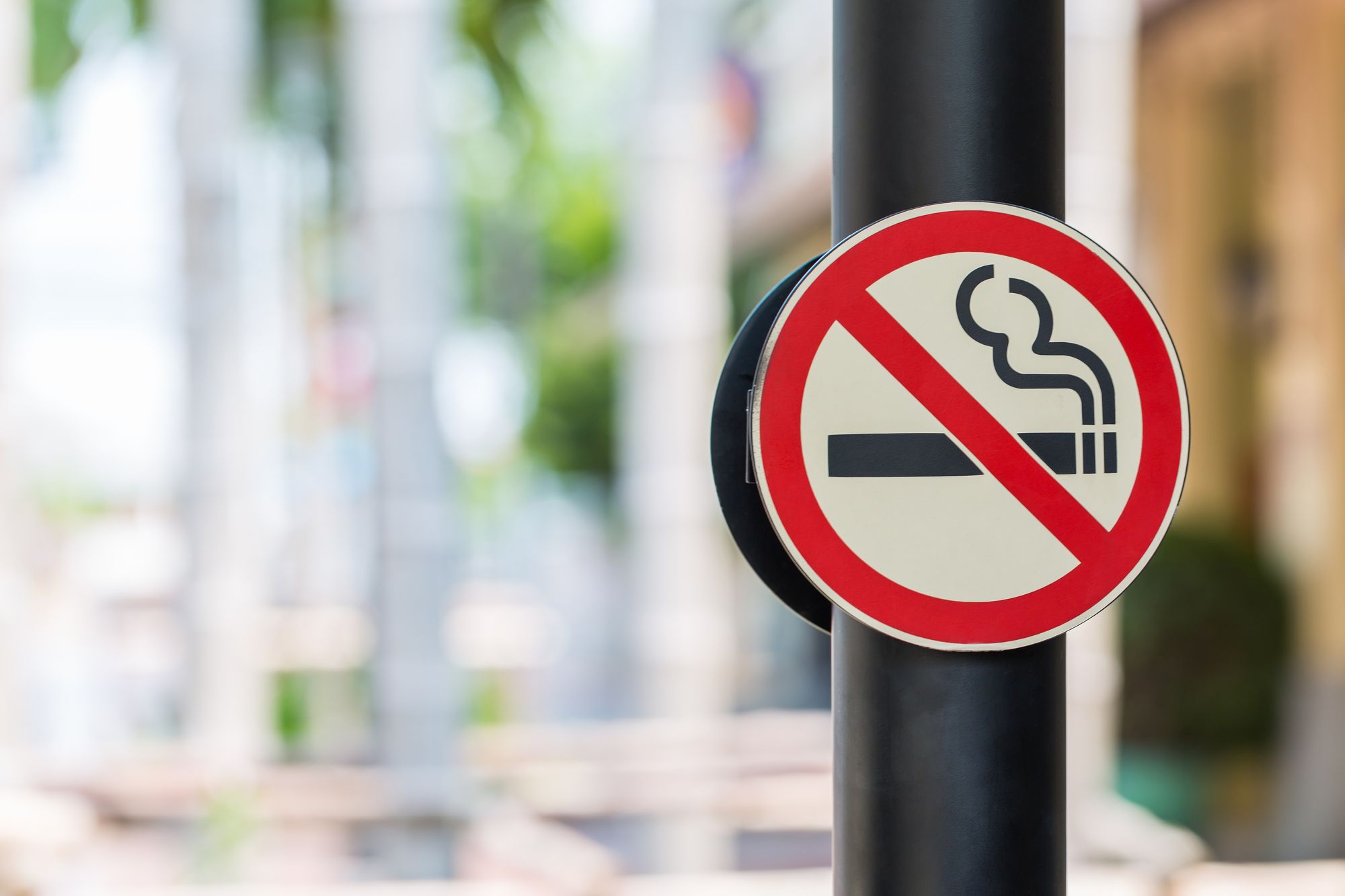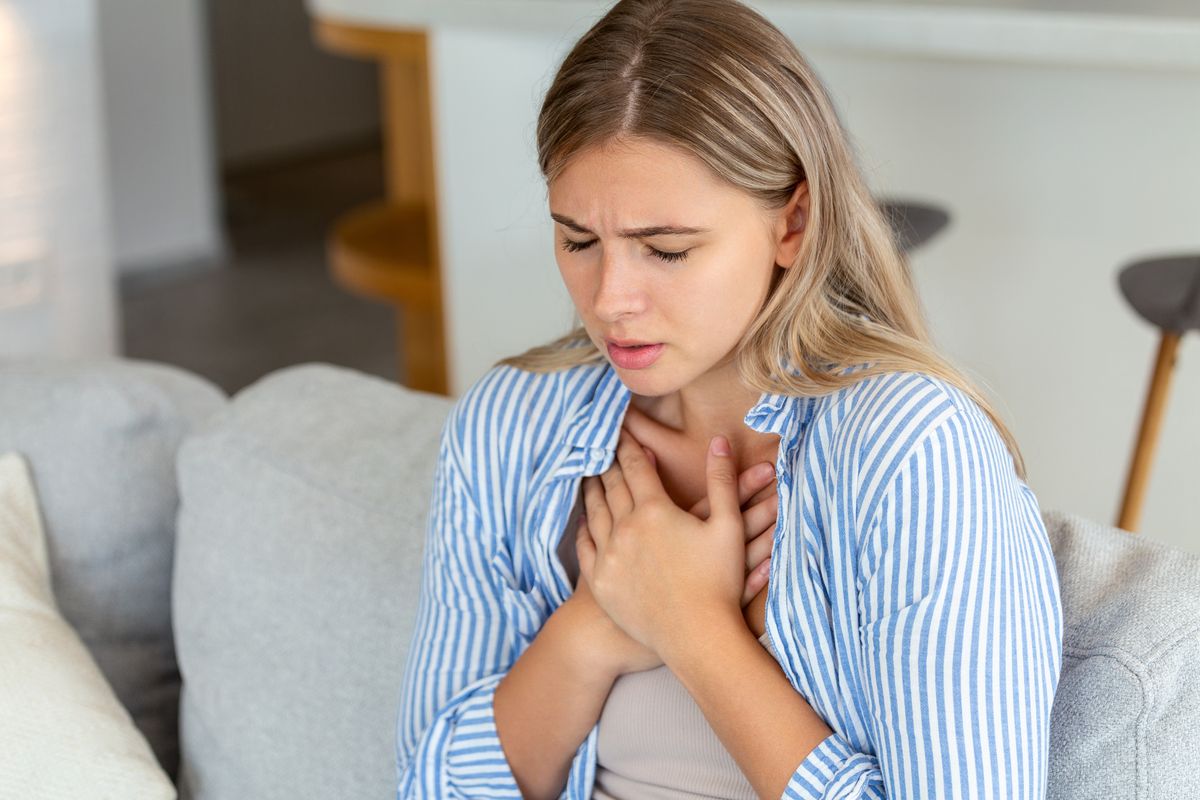Experiencing shortness of breath or a persistent cough is never pleasant, but for millions of people around the world, it's a daily struggle. Chronic Lower Respiratory Disease (CLRD) is a severe and potentially life-threatening condition that affects individuals' ability to breathe, making even the simplest of tasks challenging. In the United States, CLRD is the fourth leading cause of death.
According to Dr. Tomi Mitchell, a Board-Certified Family Physician with Holistic Wellness Strategies, CLRD is an umbrella term that encompasses four primary chronic lung conditions: chronic bronchitis, emphysema, asthma, and bronchiectasis. The condition causes long-term difficulty breathing due to constricted airways, leading to persistent coughing and shortness of breath.
The impact of CLRD on a person's quality of life can be significant. The disease can interrupt daily activities, cause fatigue, and lead to recurring symptoms that can interfere with routine tasks. Dr. Mitchell stresses the importance of consulting with a physician for medical advice and management of the condition.
Recognizing the signs of CLRD is crucial for early diagnosis and treatment. These signs include chronic cough, shortness of breath during physical activity, wheezing, chest tightness, and frequent respiratory infections. If you experience any of these symptoms, it's important to seek medical attention promptly.
In summary, CLRD is a serious condition that affects millions of people worldwide. Understanding the signs and symptoms of the disease can lead to early detection and management, ultimately improving quality of life. As always, consulting with a physician is essential for medical advice and personalized treatment.
1) Understanding Why CLRD is Among the Top Causes of Death

When it comes to Chronic Lower Respiratory Disease (CLRD), the damage to the respiratory system can ultimately prove fatal. As the disease progresses, individuals experience difficulty breathing, which can lead to oxygen deprivation and organ failure. This is because our bodies rely on a consistent supply of oxygen to sustain vital processes such as digestion and circulation.
Over time, CLRD weakens the respiratory system, causing these essential functions to decline slowly until death occurs. This is why CLRD is now recognized as the fourth leading cause of death in many countries worldwide.
It's important to understand the severity of CLRD and the impact it can have on a person's health. Proper management and treatment of the disease can help slow its progression and improve quality of life. Seeking medical attention promptly if experiencing any symptoms is crucial in the early detection and management of the disease.
2) Identifying Factors that Increase the Risk of Chronic Lower Respiratory Disease

Chronic Lower Respiratory Disease (CLRD) affects a significant number of Americans, with nearly 37 million individuals living with chronic lung diseases like asthma and Chronic Obstructive Pulmonary Disease (COPD), which includes emphysema and chronic bronchitis, according to the American Lung Association.
Tobacco smoking is the most significant risk factor for developing chronic bronchitis and emphysema, accounting for approximately 80% of all cases, as reported by the West Virginia Health Statistic Health Center. The risk of dying from COPD is ten times higher in cigarette smokers than nonsmokers, and cigar and pipe smokers are also at higher risk for COPD. Occupational dusts and chemicals, as well as indoor and outdoor air pollution, contribute to about 15% of COPD cases, with genetic factors accounting for 5%.
Dr. Mitchell highlights that adults, particularly those aged 65 and older, smokers, and individuals with underlying illnesses such as heart disease or asthma, are at higher risk of developing CLRD. Exposure to air pollution, occupational hazards, secondhand smoke, and viral infections can cause the disease. People with weakened immune systems due to chronic medical conditions are also susceptible to CLRD.
Taking preventative measures, such as avoiding possible risk factors and adopting a healthy lifestyle, can reduce the likelihood of developing this severe condition. It's crucial to prioritize respiratory health and seek medical attention promptly if experiencing any symptoms.
3) Understanding the Symptoms of Chronic Lower Respiratory Disease and Their Effects

Chronic Lower Respiratory Disease (CLRD) is a common yet serious illness characterized by recurrent and persistent symptoms, according to Dr. Mitchell. These symptoms include difficulty breathing, persistent coughing, wheezing, chest pain or pressure, fatigue, and loss of appetite. In severe cases, reduced oxygen levels may occur due to decreased airflow or thickening of lung tissue. It's essential to seek medical care promptly to manage symptoms and avoid further complications.
Signs of CLRD include shortness of breath, chest tightness, persistent coughing with phlegm, wheezing, and difficulty breathing during physical activity. In some cases, fatigue and unintentional weight loss may also be present. If experiencing these symptoms, it's crucial to consult a primary care physician for evaluation and treatment.
4) Understanding Chronic Bronchitis: Causes, Symptoms, and Treatment Options

Chronic bronchitis is a severe and long-term lung disease caused by inhaling irritants, says Dr. Mitchell. It manifests as a persistent cough and excess mucus production, causing difficulty breathing, shortness of breath, and increased chest infections. Proper medical management involves inhaled medications, physical therapies, and lifestyle adjustments such as avoiding triggers. With adherence to the treatment plan, individuals with chronic bronchitis can manage their symptoms and maintain relative health for an extended period.
5) Emphysema

Emphysema is a severe lung condition that affects the air sacs, causing shortness of breath and difficulty breathing, says Dr. Mitchell. Damage to the air sacs reduces their ability to hold oxygen and expel carbon dioxide effectively. When emphysema occurs alongside chronic bronchitis, it's called Chronic Obstructive Pulmonary Disease (COPD). The leading causes of COPD are smoking, air pollution, and occupational exposures. While emphysema cannot be reversed, early diagnosis is crucial for managing symptoms. Treatment focuses on symptom management, but prevention is the most effective way to avoid this deadly illness.
6) Asthma

Over 25 million Americans, including 6 million children, struggle with asthma, reports the American Lung Association. Although there's no cure for asthma, it can be managed and treated for a healthier life. Asthma is a chronic condition resulting from airway constriction due to chronic inflammation, causing coughing, chest tightness, wheezing, and shortness of breath. Flare-ups may be triggered by pollution, dust, pollen, cold weather, or exercise. Effective treatment plans for asthmatics include avoiding triggers, medication use, and monitoring for asthma attacks. With proper management, those with asthma can lead fulfilling and active lives.
7) Reducing the Risk of Chronic Lower Respiratory Disease (CLRD): Tips and Strategies

Dr. Mitchell highlights that it's crucial to take mindful steps to lower the risk of developing Chronic Lower Respiratory Disease (CLRD). Avoiding exposure to pollutants like secondhand smoke, radon gas, asbestos fibers, and indoor/outdoor air pollutants is essential. Regular exercise can also help prevent CLRD. Additionally, inhaled steroids can reduce swelling in the airways, lowering the risk of lung damage. Focusing on preventive measures like these can significantly reduce the likelihood of developing this dangerous disease.

